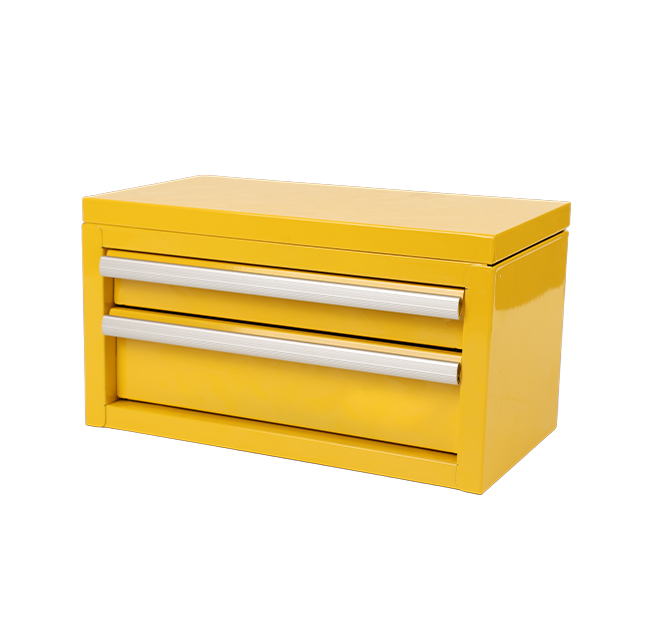Time:2025-07-01 Views:0 source:CNC Machining customization source:CNC Machining news

Surface roughness is a critical parameter in sheet metal processing, significantly influencing the functionality, aesthetics, and durability of the final product. In sheet metal manufacturing, a rough surface can lead to increased friction, reduced corrosion resistance, and poor adhesion of coatings. Therefore, effective control of surface roughness is essential for meeting high - quality standards.
Several factors contribute to surface roughness in sheet metal processing. The choice of machining tools and their wear conditions play a major role. For instance, dull cutting tools tend to produce more pronounced surface irregularities as they struggle to cut the metal smoothly. The machining parameters, such as cutting speed, feed rate, and depth of cut, also have a direct impact. A higher feed rate may result in a coarser surface finish due to increased vibrations and material deformation during the cutting process.
To control surface roughness, various techniques are employed. One common approach is to optimize the machining parameters. By carefully adjusting the cutting speed, feed rate, and depth of cut, manufacturers can achieve a smoother surface. For example, reducing the feed rate while increasing the cutting speed can often lead to a finer surface finish, as it allows for more precise material removal with less deformation.
Another important method is tool selection and maintenance. Using high - quality cutting tools with sharp edges and appropriate geometries can significantly improve the surface finish. Regular tool inspection and replacement when signs of wear appear are also crucial. Additionally, post - processing operations like grinding, polishing, and shot peening can be used to refine the surface. Grinding involves using abrasive wheels to remove a thin layer of material, reducing surface irregularities. Polishing, on the other hand, uses fine abrasives to create a smooth, mirror - like surface. Shot peening, which involves bombarding the surface with small spherical particles, can not only improve surface roughness but also enhance the fatigue resistance of the sheet metal.
In modern sheet metal processing, advanced technologies such as numerical control (NC) and computer - numerical control (CNC) machining also contribute to better surface roughness control. These systems can precisely control the machining process based on programmed instructions, ensuring consistent and high - quality surface finishes across multiple parts.
Read recommendations:
Sealing ring Precision electronic parts
Housing components for recessed downlights Precision electronic parts
Oval Magnetic Hardware Precision electronic parts
CNC Machining Dimension Accuracy
CNC processing factory - Meeting customers' strict requirements for precision